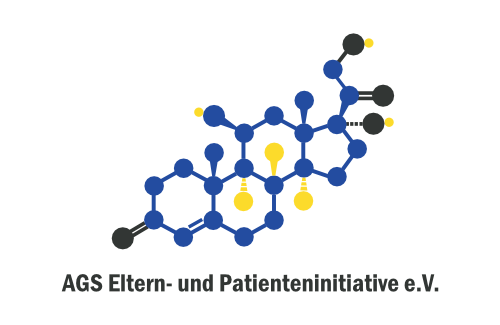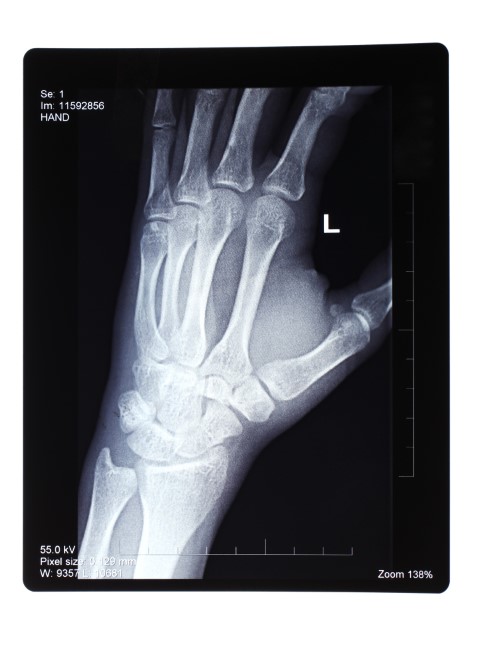CAH and Sports
Scientific studies have shown that in people with CAH, not only is the cortisol reserve limited during both short-term exertion and endurance sports, but the body also produces less of another stress hormone – adrenaline. Normally, during exercise and strenuous physical activity, adrenaline is increasingly released by the adrenal medulla, leading, for example, to an increase in heart rate and blood pressure. In addition, adrenaline ensures that the body is supplied with “sugar” in the form of glucose, which then serves as an energy source for the muscles.
Since people with CAH have reduced levels of two blood-sugar-stabilizing hormones, there may be a tendency toward hypoglycemia, especially during longer periods of physical activity (endurance sports). Therefore, we recommend carrying fast-absorbing carbohydrates when exercising and, if necessary, consuming carbohydrates before or during exercise. Suitable carbohydrates include fruit (e.g., bananas), cereal bars, apple spritzer, or sugary isotonic drinks. To compensate for fluid and electrolyte loss during exercise, it is also important to ensure adequate fluid intake. With these measures, a person with CAH is fully capable and can also be very successful in sports! Additional administration of glucocorticoids (hydrocortisone) before exercise is not necessary. Scientific studies have also confirmed that this provides no benefit. In fact, a permanently high glucocorticoid dose can even reduce muscle mass and muscle strength and should therefore be avoided. If a person with CAH participates in competitive sports, the use of glucocorticoids must be reported to the National Anti-Doping Agency (NADA). In addition, the medical necessity of the medication must be confirmed, since all glucocorticoids are on the prohibited list of both the national and the worldwide Anti-Doping Agency.










